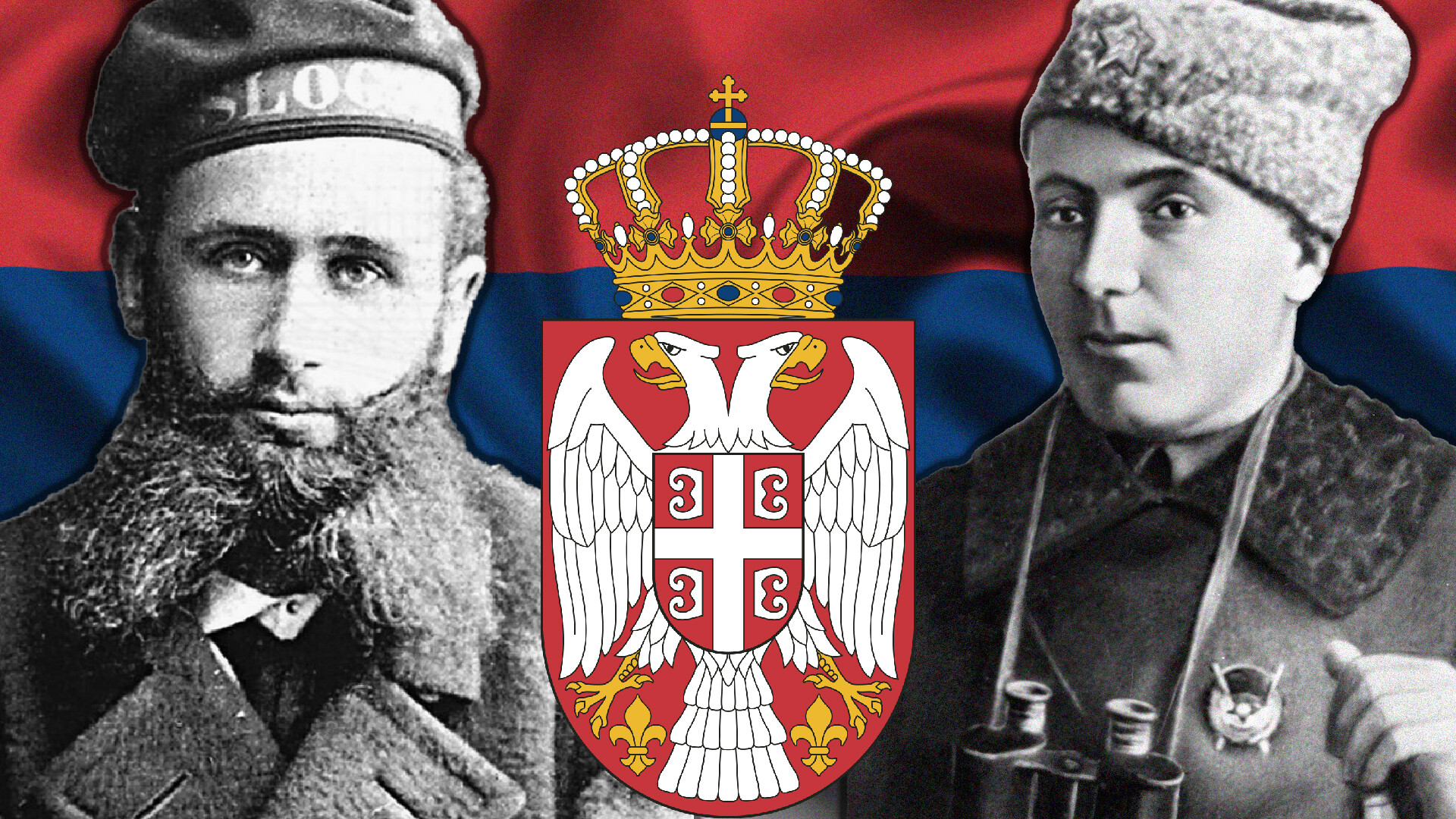
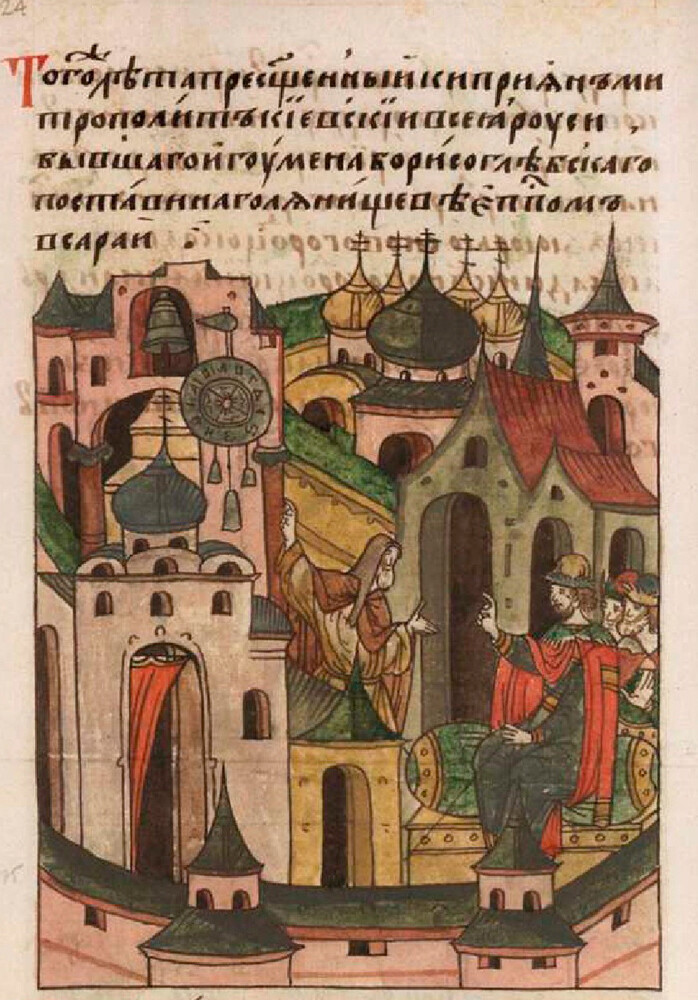
A monk and native of the city of Prizren, Lazar left his homeland shortly after the heavy defeat of the Serbs by the Turks in the Battle of Kosovo in 1389. For a while, he stayed at the Serbian Orthodox Hilandar Monastery on Mount Athos and then moved to the Court of Vasily I Dmitriyevich, the Grand Prince of Moscow.
Lazar the Hilandarian (or Lazar the Serb, as he came to be known in Russia) was not only a servant of God, but also a skilled clock maker. In 1404, at the request of the Russian ruler, he made a mechanical striking clock that was installed in one of the towers of the Moscow Kremlin.
Russia’s first public clock turned out to be a real technical marvel and worked flawlessly for over 200 years, after which it was replaced with a more modern clock. Unfortunately, Lazar the Serb’s invention has not survived to our day and we only know about it from chronicles.
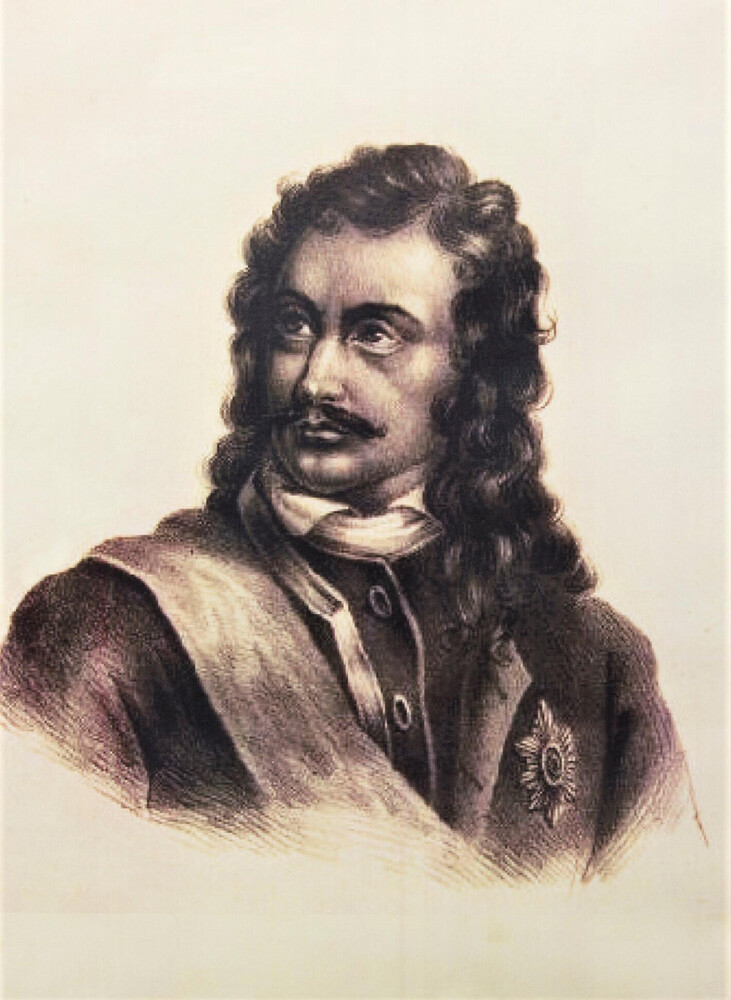
Merchant, diplomat, secret agent, military adviser, statesman and public figure - all these roles were successfully combined by Count Sava Lukich Vladislavich-Raguzinsky, a descendant of Herzegovinian princes, who became one of the main associates of Russian Tsar Peter the Great.
The talented young man had been actively engaged in commerce in Istanbul until, in 1702, the local Russian embassy approached him with an invitation to work against the common enemy of the Orthodox Serbs and Russians - the Turks. With his excellent understanding of the domestic and foreign policies of the Ottoman Empire and his wealth of contacts throughout Europe, Vladislavovich-Raguzinski provided valuable secret information to Russian diplomats.
In 1708, the Count moved to Moscow, where he became the Tsar’s adviser on Southeast Europe and, in particular, his native Balkans. Sava Lukich often traveled to Montenegro and developed contacts with the principalities of Moldavia and Wallachia. In 1711, during the Pruth River Campaign against the Turks, which took place on Moldavian territory, he was a consultant “for advice on local matters” at the headquarters of Boris Sheremetev, commander of Russian troops.
Later, the Count was dispatched to Venice and Rome to supervise young Russian noblemen being trained there in maritime and military affairs. At the Vatican, Sava Lukich negotiated the development of bilateral relations between Moscow and the Holy See.
Vladislavich-Raguzinsky’s mission to China in 1727, during which he negotiated matters relating to trade and the demarcation of borders between the two empires, occupies a special place in his biography. Founded by the diplomat in the same year on the border with the Qing Empire, the city of Troitskosavsk (today Kyakhta) served as the main hub of Russian-Chinese trade up to the second half of the 19th century.
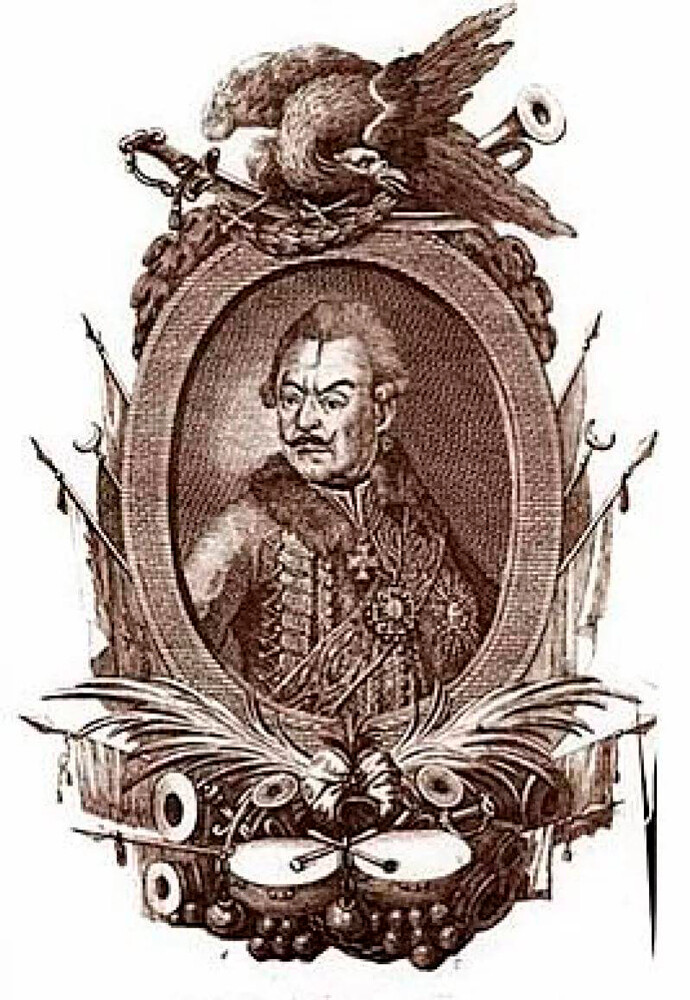
“I remember, I remember this dear fellow-soldier of mine, a mustachioed hussar and swashbuckling horseman, proud of his resemblance to Peter the Great, with whose portrait he died,” was how the great military commander Alexander Suvorov warmly spoke about Peter (Pyotr) Abramovich Tekeli, a Serbian nobleman who had made a brilliant military career in Russia.
Initially, Tekeli served the Austrian Habsburgs in the ranks of the Hungarian hussars, but, because of harassment by his Hungarian fellow soldiers, he moved to the Russian Empire in 1747, where he joined the army in the rank of poruchik (lieutenant). Forty-two years later, he would retire with the rank of general-in-chief.
Peter Abramovich participated in numerous battles against the Poles, Turks and Prussians, in which he repeatedly demonstrated courage and bravery. But, as a commander, he is best remembered for the liquidation of the Zaporozhian Sich, the military and political organization of the Dnieper Cossacks.
Empress Catherine II regarded the Zaporozhye Cossacks as drunkards and boors, a “malign mob” and a “politically miscellaneous and foolish group” whose main trade was banditry and plunder. In May 1775, Tekeli received command of a military corps with which he was ordered to liquidate the Sich, which had brought a multitude of problems and was so uncontrollable.
After a rapid march, Tekeli’s troops approached the abode of the Zaporozhians and caught them unawares. The commander managed to do a deal with the seniors of the Sich, thus avoiding bloodshed. The Cossacks voluntarily surrendered their stronghold, which, after removal of the public coffers and archives, was leveled to the ground by Russian artillery.
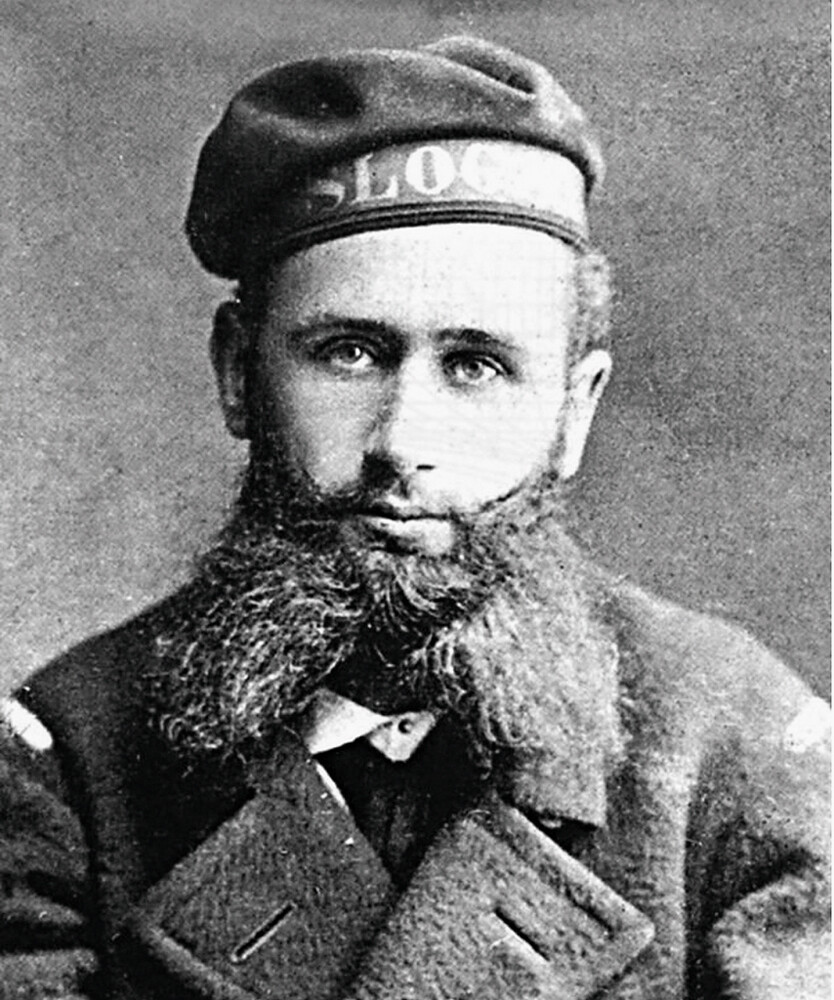
Ognjeslav Stepanović Kostović was not yet 30 when he decided to move from his native Austria-Hungary to Russia. In 1877-78, the Serb had taken part in the Russian-Turkish War, during which he was awarded the rank of captain of the fleet.
He was not greatly attracted by a military career, however, and he decided to devote himself to science. By 1878, Ognjeslav Kostović had already started work on the development of a submarine. The “fish-boat” with a single propeller was designed to carry eight persons on board and was even to have a prototype torpedo system for the successive launch of 12 torpedoes. Because of the absence of a sufficiently powerful engine, however, the project was never brought to fruition.
The Serbian inventor then switched his attention to developing an enormous airship 64 meters in length that was to be called the ‘Rossiya’ (‘Russia’). Learning from the mistakes of the past, Ognjeslav Stepanović designed an 80 hp internal combustion engine, which had no rivals in the world at the time. It was subsequently successfully built and tested.
Kostović patented his “improved engine running on gasoline, kerosene, petroleum gas, coal gas and other gasses and explosive agents” in Russia, Britain and the U.S. The invention received wide application, including in motor vehicles.
The ‘Rossiya’ airship failed to get off the ground, however - because of a shortage of financing. Kostović was not in the habit of losing heart and, right up to his death in 1916, he continued to work on new projects, including a triplane, an aero hydroplane and even a helicopter.
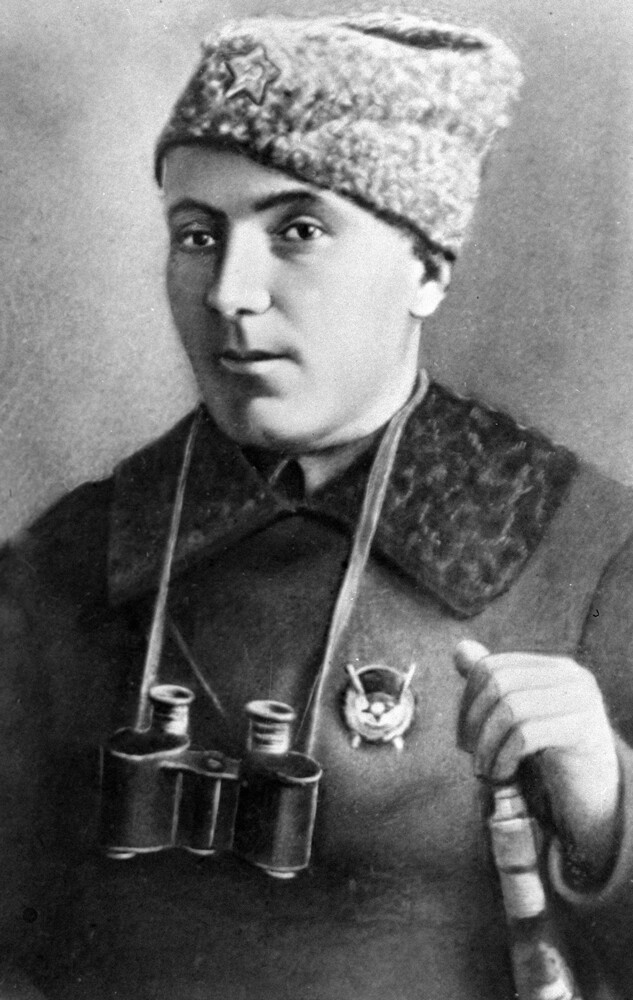
Legendary Red Army commander and dashing cavalryman Oleko Dundich (also known as Aleksa Dundić) was one of the most prominent heroes of the Civil War in Russia and probably the most well-known Serb to take part in it.
In 1916, as a non-commissioned officer of the Austro-Hungarian army, Dundich found himself in Russian captivity. There he decided to join the Serbian Volunteer Corps which had been formed from former prisoners-of-war to fight on the side of the Entente Powers.
In the Civil War that broke out in the country soon afterwards, Oleko Dundich took the side of the Bolsheviks. Fighting in the ranks of the 1st Cavalry Army, one of the most combat-effective operational formations of the Reds, he gained fame for his outstanding valor on the battlefield.
“It was he, our Red Dundich, with four companions, who carried out a daring raid on Voronezh several days before it was abandoned by the Whites. The five daredevils stormed onto Revolyutsii Avenue [which was called Bolshaya Dvoryanskaya Street at the time - Ed.] and caused such panic that you would have thought that a whole regiment had descended on the town,” recalled Semyon Budyonnyy, the commander of the 1st Cavalry Army.
Dundich died in battle on July 8, 1920, in the Soviet-Polish War. “Who can compare to this true storybook hero in daring, in courage, in kindness and in comradely warmth? He was a lion with the heart of a sweet child,” was how the celebrated cavalryman was described by Kliment Voroshilov, the Serb’s comrade-in-arms in the 1st Cavalry Army, who would go on to become a marshal of the Soviet Union.
If using any of Russia Beyond's content, partly or in full, always provide an active hyperlink to the original material.
Subscribe
to our newsletter!
Get the week's best stories straight to your inbox